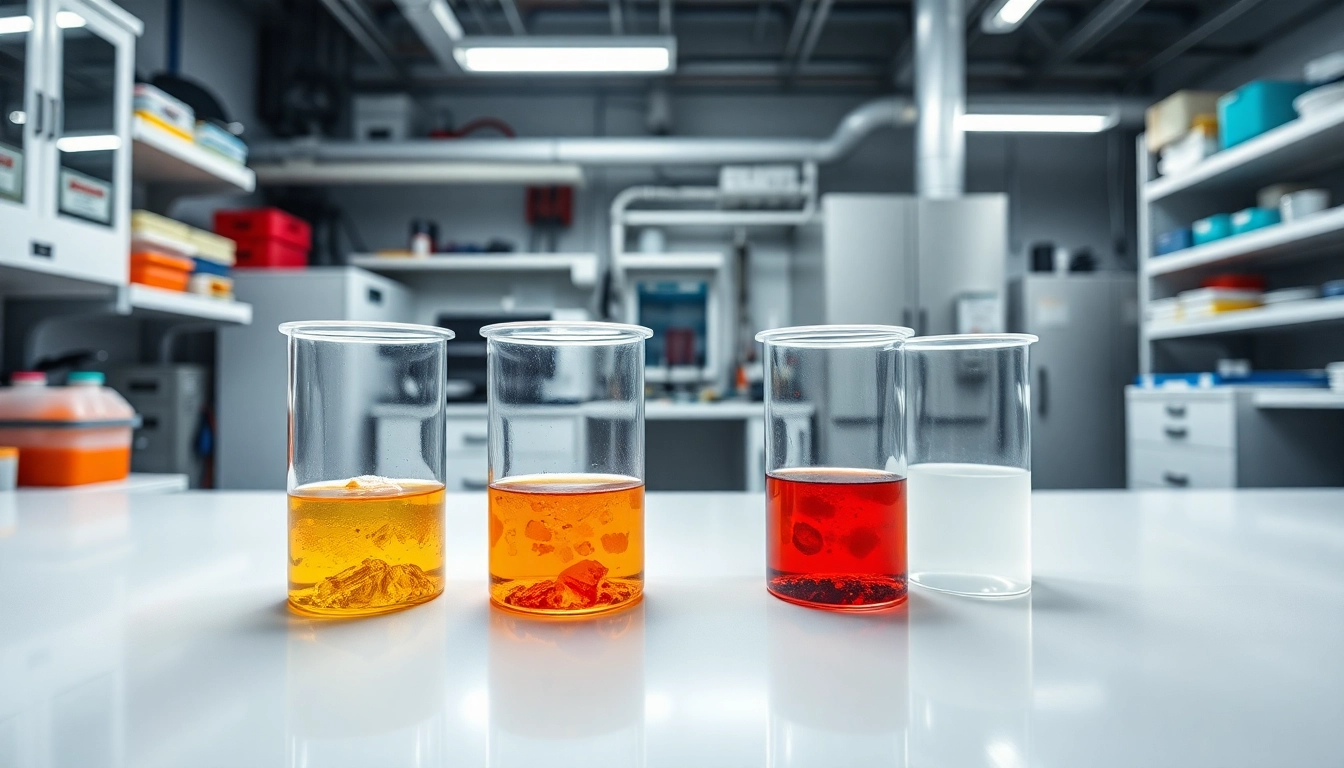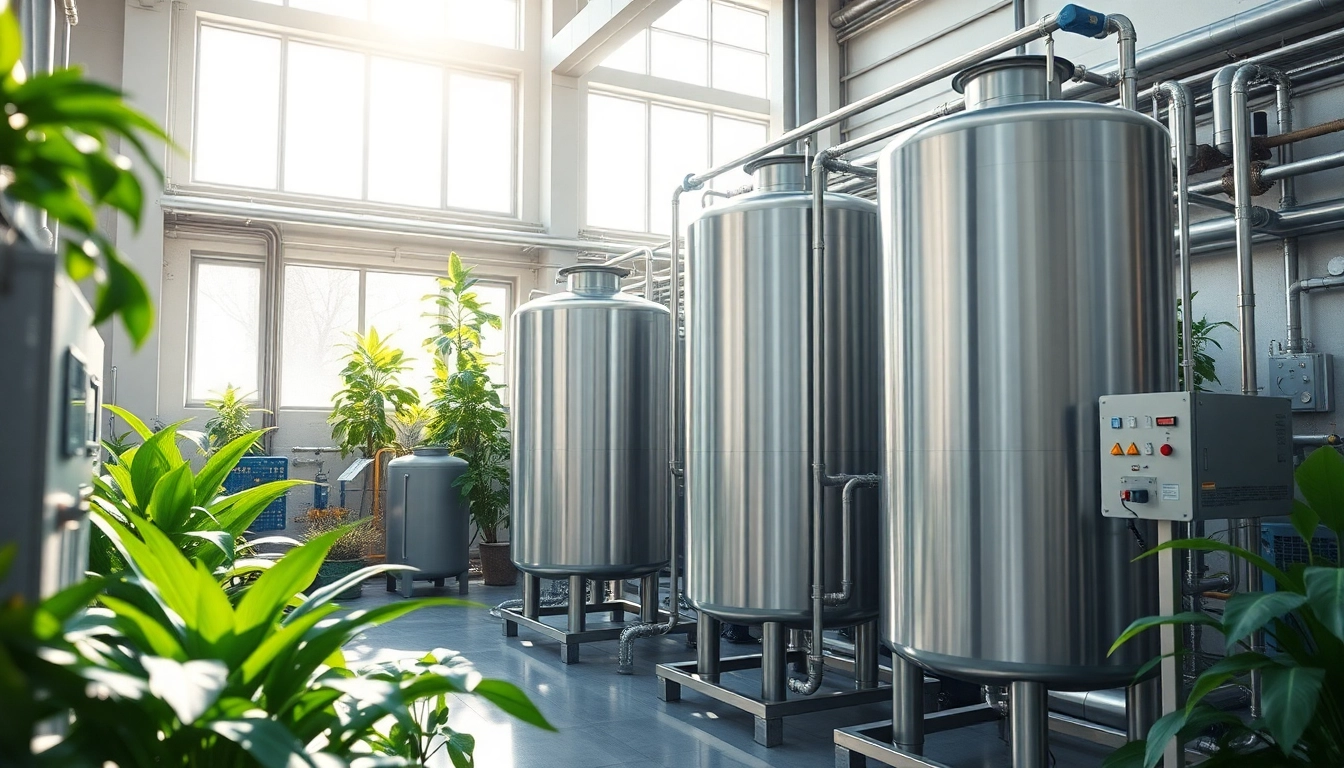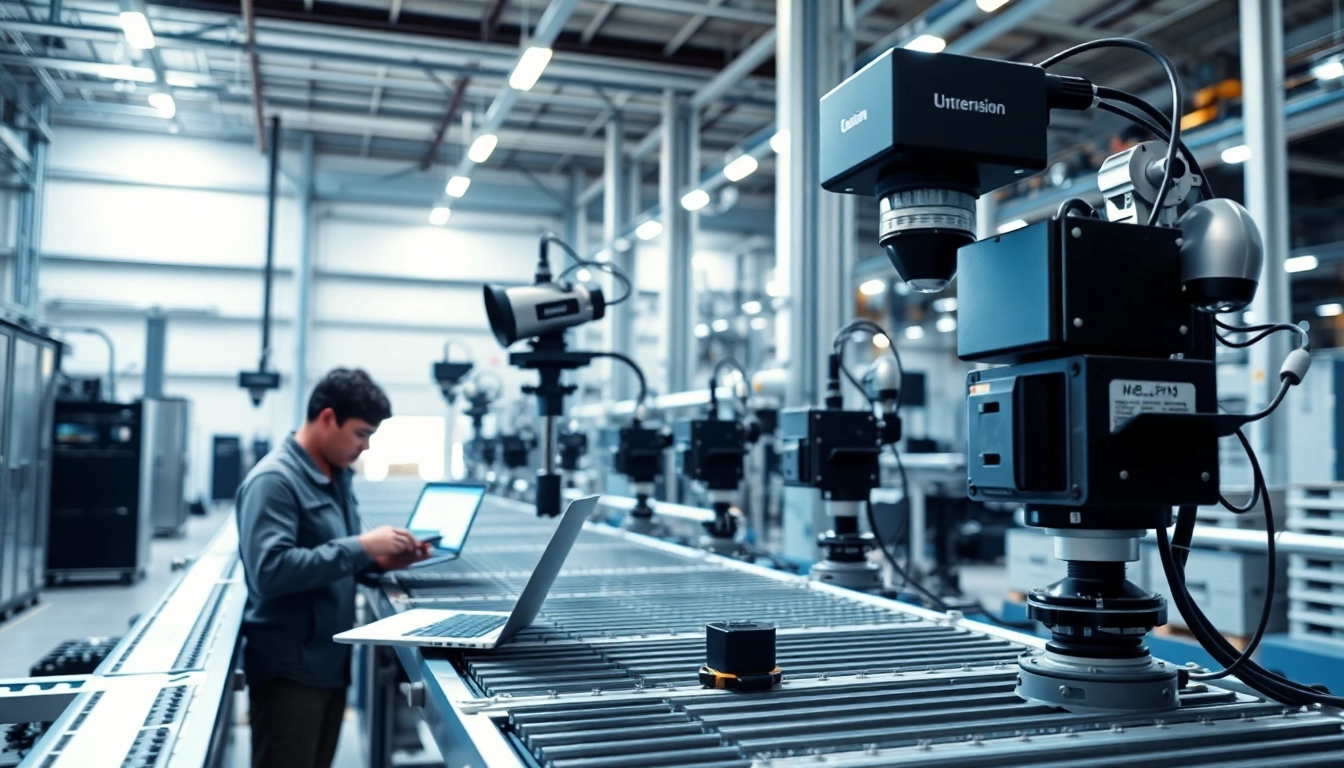The Basics of Infusion Resins
What are Infusion Resins?
Infusion resins are specialized formulations designed for the efficient transfer of resin into a composite material during the manufacturing process. Commonly utilized in vacuum infusion methods, these resins are engineered to have low viscosity, allowing them to flow easily into complicated mold shapes without trapping air bubbles. When discussing this topic, one cannot overlook the significant advantages that infusion resins offer for strength and durability within composite applications. This process ranges broadly across industries including automotive, marine, aerospace, and sporting goods. To learn more about specific formulations, you may explore the available infusion resins that showcase innovative properties tailored for diverse needs.
Key Properties of Infusion Resins
Infusion resins exhibit several key properties that make them uniquely suited for composite manufacturing:
- Low Viscosity: This allows for better flow characteristics, ensuring that resins can fully permeate fiber mats without leaving voids.
- Controlled Cure Time: Infusion resins often possess tailored curing times which can significantly affect the production rate and efficiency of workflows.
- Strength and Durability: Formulated to enhance the overall mechanical properties of composite structures, infusion resins can contribute to a robust end product.
- Environmentally Friendly Options: Many infusion resins now incorporate bio-based materials, aligning with eco-friendly initiatives.
Common Applications for Infusion Resins
Given their advantageous properties, infusion resins find applications across a wide range of sectors:
- Aerospace: High-strength, lightweight components that meet strict weight and performance criteria.
- Automotive: Parts that require a combination of durability and aesthetic appeal, like body panels and structural components.
- Marine: Construction of boats and watercraft where weight, strength, and resistance to corrosion are paramount.
- Sporting Goods: Production of high-performance gear that must exhibit both resilience and lightness.
Benefits of Using Infusion Resins
Enhanced Mechanical Properties
The use of infusion resins can significantly enhance the mechanical properties of composite materials. These resins are formulated to interlock seamlessly with reinforcing fibers, such as carbon or fiberglass, leading to improved tensile and compressive strength. The resulting composites demonstrate superior fatigue resistance and longevity compared to products manufactured with traditional resin methods.
Improved Aesthetics in Finished Products
Infusion resins allow for clear casting and a smoother finish, reducing the need for additional post-processing such as sanding or painting. This is particularly advantageous in applications where aesthetics are crucial, such as in consumer goods or sporting equipment.
Cost-Efficiency in Production
By facilitating faster production cycles and reducing material waste, infusion resins can lead to lowered manufacturing costs. They also help minimize the use of labor-intensive processes, allowing manufacturers to produce more with fewer resources.
Challenges in Processing Infusion Resins
Viscosity Management
While low viscosity is beneficial for flow, managing viscosity at different stages of the infusion process can be challenging. Improper viscosity can result in incomplete wet-out of fibers, compromising the quality of the final product. It’s essential to maintain optimal temperatures and utilize appropriate catalysts to achieve desired flow rates.
Avoiding Air Traps
One of the major challenges in resin infusion is the prevention of air entrapment. Craftsmen must ensure that the mold is properly prepared, and that the fiber layup is optimized to facilitate the escape of air. Techniques such as strategic placement of vacuum ports and the use of release films can mitigate this risk.
Ensuring Optimal Curing Conditions
Curing conditions such as temperature and humidity must be carefully monitored to guarantee that the resin sets properly. Inadequate curing can lead to weaknesses in the final composite, so incorporating temperature control systems and appropriate curing agents is critical in the manufacturing process.
Best Practices for Working with Infusion Resins
Preparing Materials for Infusion
Proper preparation of both fiber materials and molds is crucial for successful resin infusion. Ensure that the fiber is clean and dry, and that the mold is free from contaminants. Consider performing a test run to assess the effectiveness of the setup before starting a full production run.
Techniques for Effective Resin Application
Effective and consistent resin application can markedly influence the quality of the infusion process. Utilizing tools such as vacuum bags, infusion pumps, and resin distributors will facilitate a more controlled infusion. Establishing a protocol for the infusion process, including timings and techniques, will help maintain product quality.
Monitoring Curing and Quality Control
Continuous monitoring of the curing process is vital to ensure quality is maintained. Employing tools that measure temperature and resin progression can help detect issues early on. Regularly scheduled quality control checks will also ensure that the composites produced meet established standards.
Future Trends in Infusion Resins
Innovations in Material Science
The future of infusion resins is highly promising, with innovations continually emerging in material science. Researchers are developing resins that not only enhance physical properties but also incorporate smart technologies. Such advancements include self-healing capabilities that can prolong the life of composite materials.
Environmental Considerations and Sustainability
With increasing focus on sustainability, the development of eco-friendly infusion resins is seeing significant growth. This includes the use of bio-based materials and recyclable components, which can help reduce the environmental impact of plastic production within the composites industry.
Expanding Market Applications
The versatility of infusion resins ensures that their applications will continue to expand across both established and emerging markets. Innovations in sectors like construction materials for resilience against natural disasters or advanced manufacturing processes such as automated fiber placement systems demonstrate the adaptability and potential of infusion resins.



